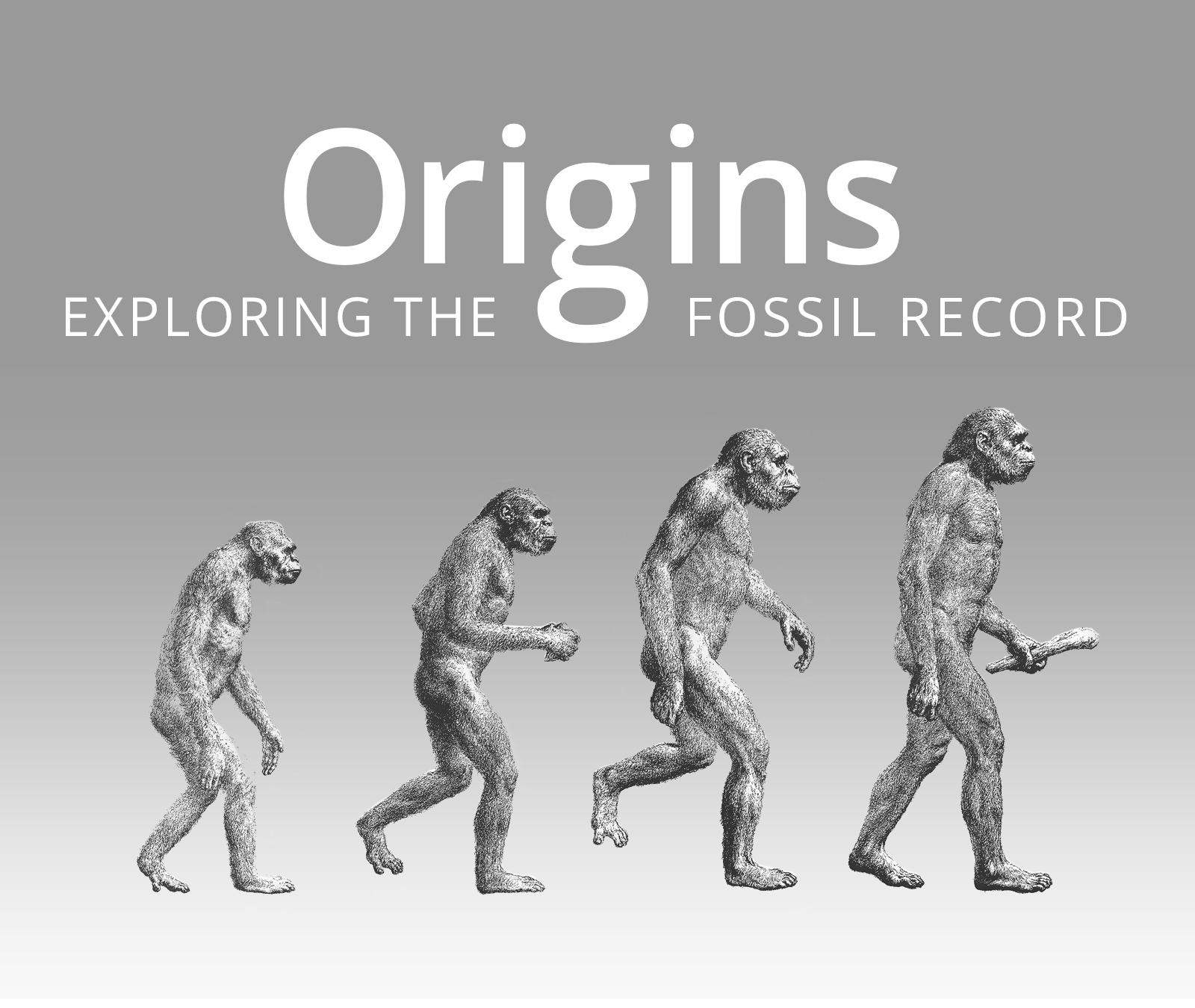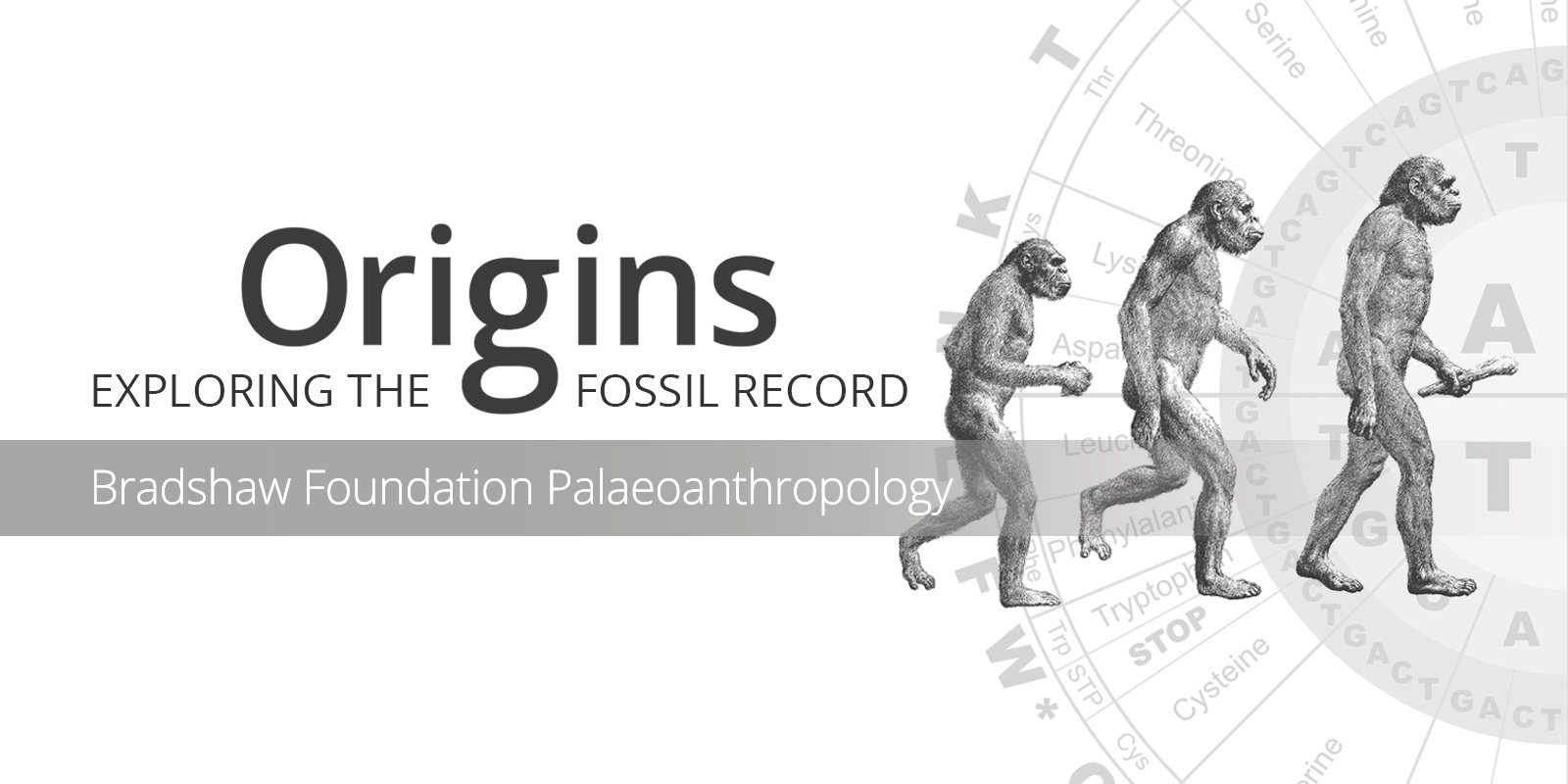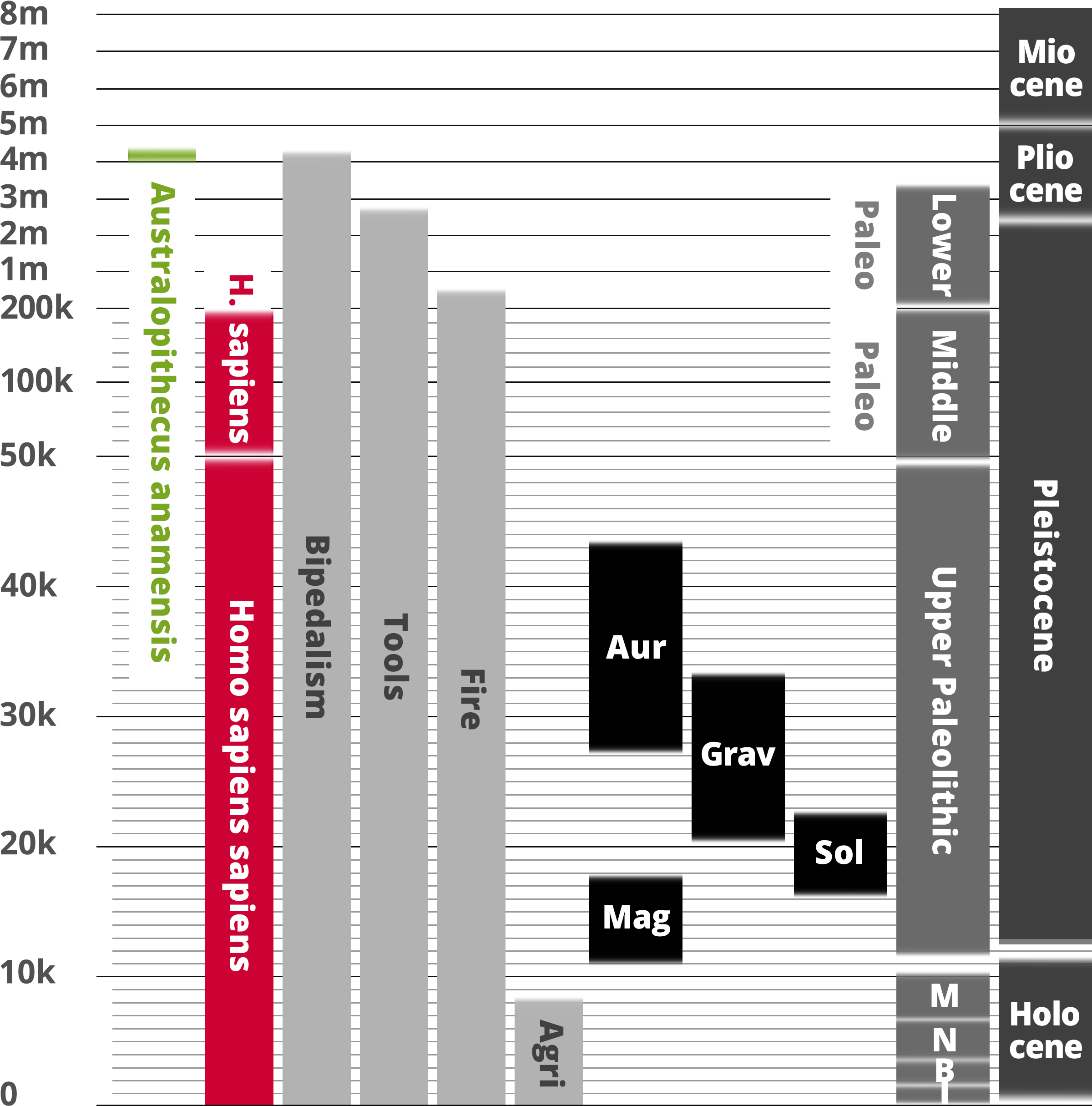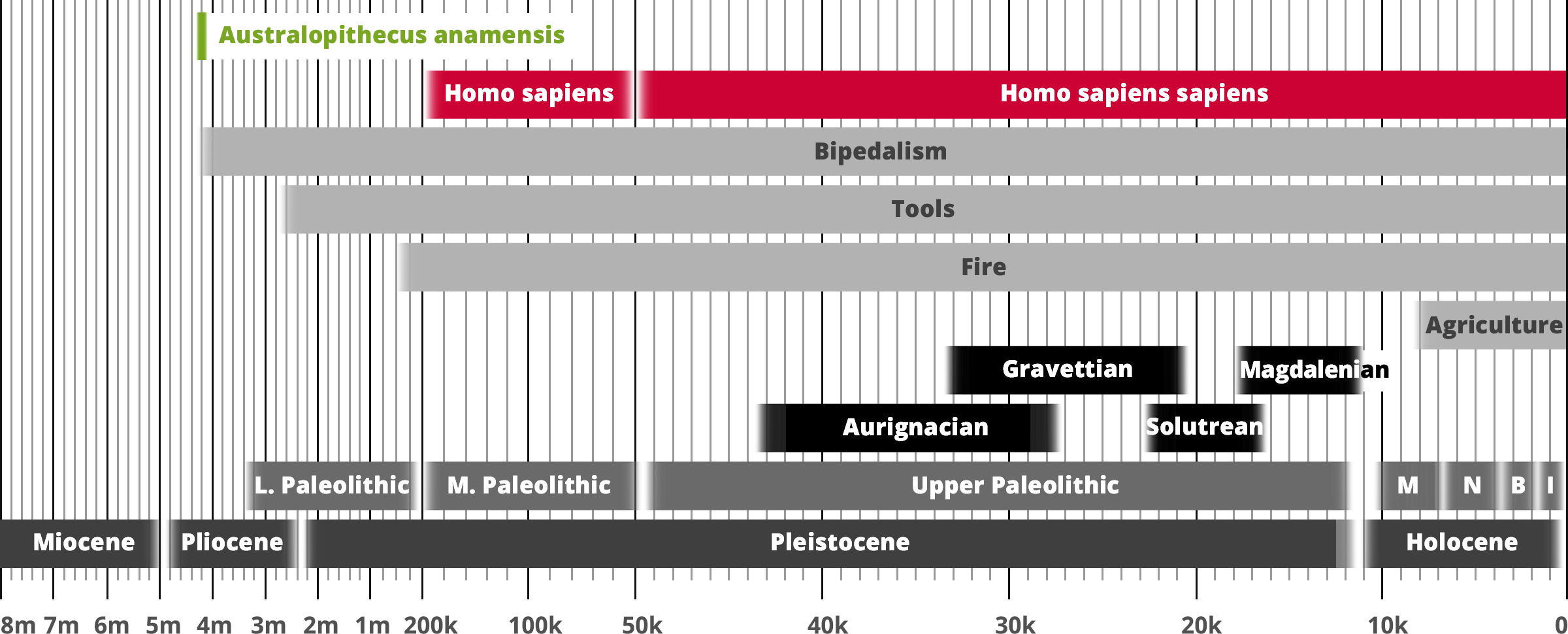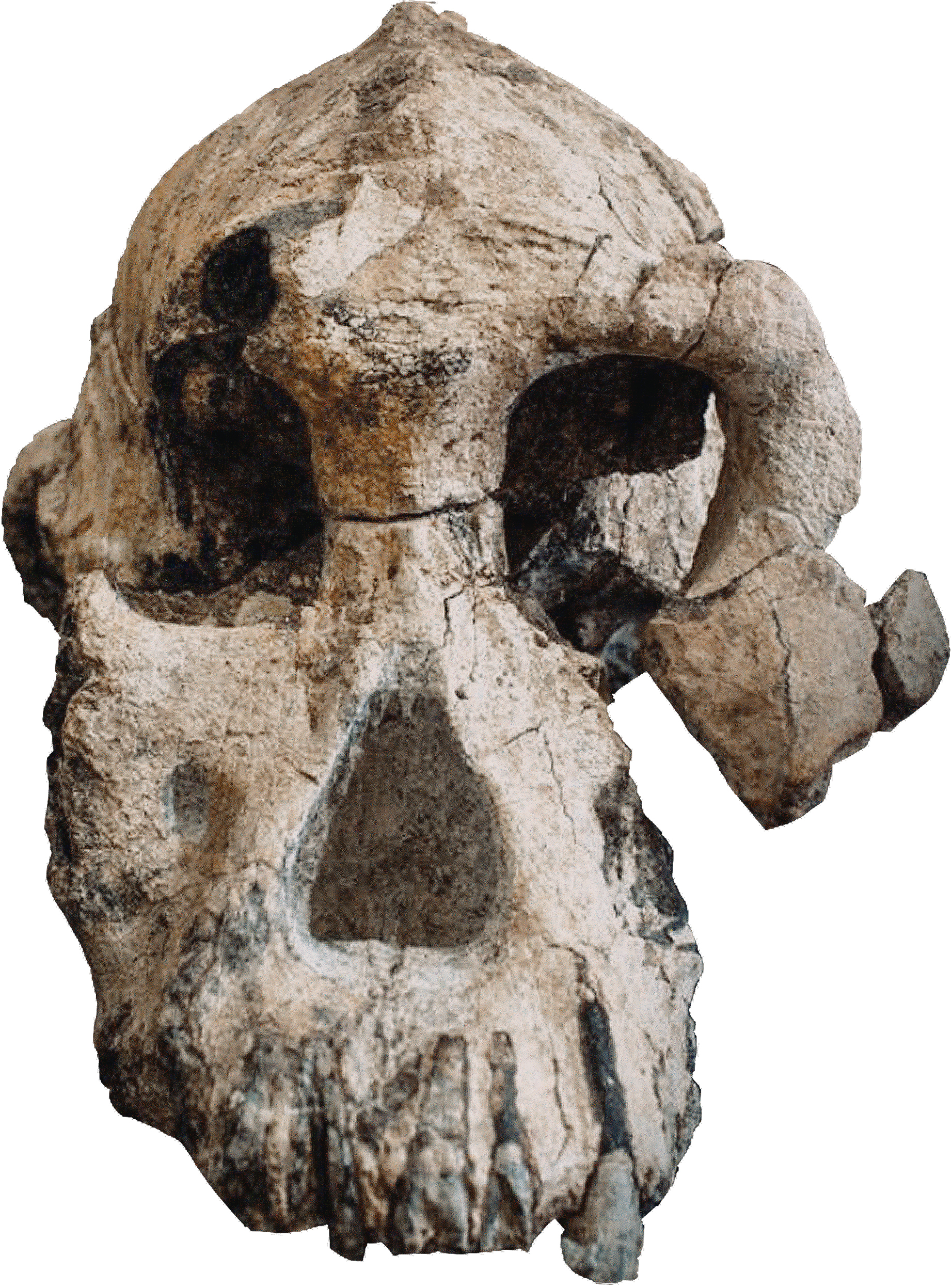Australopithecus anamensis
Homo sapiens
Hominin traits
Archaeological industry/Technocomplex including art
Period in human prehistory: M = Mesolithic; N = Neolithic; B = Bronze Age; I = Iron Age;
Geological epoch
* Note: Table based past and current research and scientific consensus
Australopithecus anamensis
Homo sapiens
Hominin traits
Archaeological industry/Technocomplex including art
Aur = Aurignacian; Mag = Magdalenian;
Grav = Gravettian; Sol = Solutrean
Period in human prehistory:
M = Mesolithic; N = Neolithic;
B = Bronze Age; I = Iron Age;
Geological epoch
* Note: Table based past and current research
and scientific consensus
Australopithecus anamensis
| AUSTRALOPITHECUS ANAMENSIS |
 |
| Genus: |
Australopithecus |
| Species: |
Australopithecus anamensis |
| Time Period: |
4.2 million years ago |
| Characteristics: |
Tree Climber |
| Fossil Evidence: |
Fossils Kenya & Ethiopia, Africa |
Australopithecus anamensis (or Praeanthropus anamensis) is a stem-human species that lived approximately four million years ago. Fossils have been excavated in Kenya and Ethiopia. The first specimen was discovered in 1965 near Lake Turkana, followed by excavations in 1987 by Allan Morton. In 1994 Meave Leakey discovered several additional fragments of the hominid, including one complete lower jaw, with teeth resembling those of a human.
Leakey assigned the 'new' species Australopithecus anamensis, deriving its name from the Turkana word 'anam', meaning ‘lake’, and described this species as independent of many others [M. G. Leakey et al. 1995].
Australopithecus anamensis, believed to be a tree climber, may have been the direct predecessor of
Australopithecus afarensis, sharing many of its traits.
In 2006, a new Australopithecus anamensis find was officially announced, extending the range into north east Ethiopia. This discovery, in the Middle Awash, was only six miles away from the discovery site of
Ardipithecus ramidus, a more primitive hominid, considered the next known step below Australopithecus on the evolutionary tree.
According to the Smithsonian National Museum of Natural History, Australopithecus anamensis - a hominin species that lived approximately between 4.3 and 3.8 million years ago, and the oldest known Australopithecus species living during the Plio-Pleistocene era - has a combination of traits found in both apes and humans. The upper end of the tibia (shin bone) shows an expanded area of bone and a human-like orientation of the ankle joint, indicative of regular bipedal walking (support of body weight on one leg at the time). Long forearms and features of the wrist bones suggest these individuals probably climbed trees as well.
Nearly one hundred fossil specimens of Australopithecus anamensis are known from Kenya and Ethiopia, representing over twenty individuals. The first fossils of Australopithecus anamensis discovered (dated to around 3.8 and 4.3 million years ago) were found in Kanapoi and Allia Bay in Northern Kenya.
It is usually accepted that
Australopithecus afarensis emerged within this lineage. However, Australopithecus anamensis and
Australopithecus afarensis appear to have lived side by side for at least some period of time, and it is not fully settled whether the lineage that led to extant humans emerged in
Australopithecus afarensis, or directly in Australopithecus anamensis. Fossil evidence determines that Australopithecus anamensis is the earliest hominin species in the Turkana Basin, but likely co-existed with afarensis towards the end of its existence. Australopithecus anamensis and
Australopithecus afarensis may be treated as a single grouping.
In 1995, Meave Leakey and her associates, taking note of differences between Australopithecus afarensis and the new finds, assigned them to a new species, Australopithecus anamensis, deriving its name from the Turkana word anam, meaning "lake". Although the excavation team did not find hips, feet or legs, Meave Leakey believes that Australopithecus anamensis often climbed trees. Tree climbing was one behavior retained by early hominins until the appearance of the first Homo species about 2.5 million years ago. Australopithecus anamensis shares many traits with
Australopithecus afarensis and may well be its direct predecessor.
In 2006, a new A. anamensis find was officially announced, extending the range of Australopithecus anamensis into northeast Ethiopia. Specifically, one site known as Asa Issie provided 30 Australopithecus anamensis fossils.
In 2010 journal articles were published by Yohannes Haile-Selassie and others describing the discovery of around 90 fossil specimens in the time period 3.6 to 3.8 million years ago, in the Afar area of Ethiopia, filling in the time gap between Australopithecus anamensis and
Australopithecus afarensis and showing a number of features of both.
In August 2019, scientists announced the discovery of MRD-VP-1/1, a nearly intact skull, for the first time, and dated to 3.8 million years ago, of Australopithecus anamensis in Ethiopia. The skull itself was found by Afar herder Ali Bereino in 2016.
Australopithecus anamensis was found in Kenya, specifically at Allia Bay, East Turkana. Through analysis of stable isotope data, it is believed that their environment had more closed woodland canopies surrounding Lake Turkana than are present today. The greatest density of woodlands at Allia Bay was along the ancestral Omo River. There was believed to be more open savanna in the basin margins or uplands. Similarly at Allia Bay, it is suggested that the environment was much wetter. While it is not definitive, it also could have been possible that nut or seed-bearing trees could have been present at Allia Bay, however more research is needed.
Studies of the microwear on Australopithecus anamensis molar fossils show a pattern of long striations. This pattern is similar to the microwear on the molars of gorillas; suggesting that Australopithecus anamensis had a similar diet to that of the modern gorilla. The microwear patterns are consistent on all Australopithecus anamensis molar fossils regardless of location or time. This shows that their diet largely remained the same no matter what their environment.
Based on fossil evidence, Australopithecus anamensis expresses high degrees of sexual dimorphism. Although considered to be the more primitive of the australopiths, Australopithecus anamensis had parts of the knee, tibia, and elbow that were different from apes, which indicates bipedalism as the species' form of locomotion. Specifically, the tibia bone of Australopithecus anamensis has a more expansive upper end with bone. In addition to the modified body parts that indicate bipedalism, Australopithecus anamensis fossils show evidence of tree climbing.

